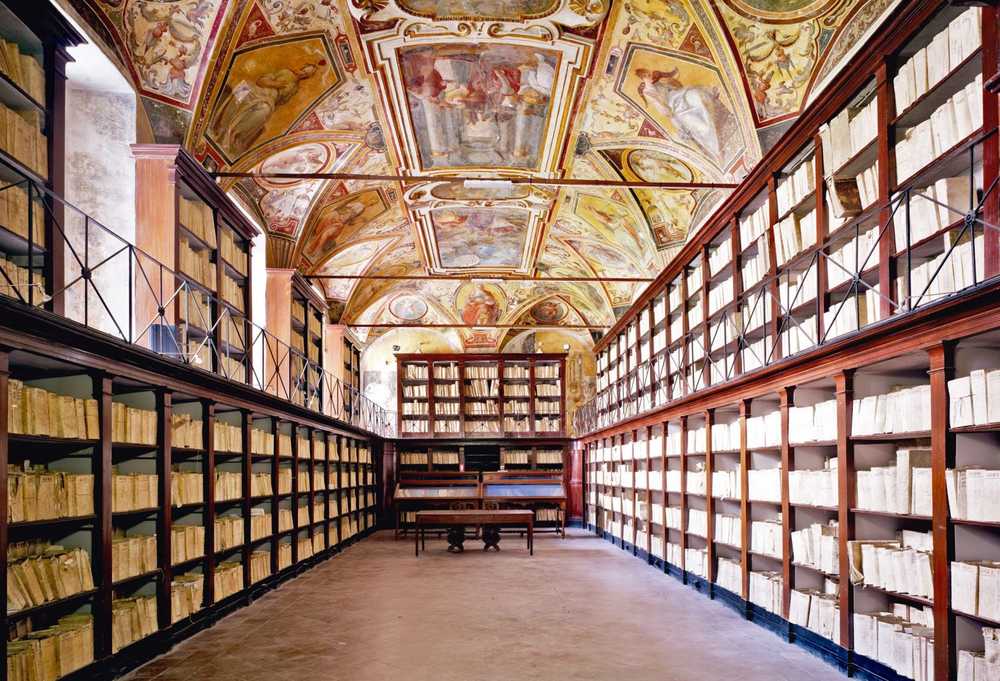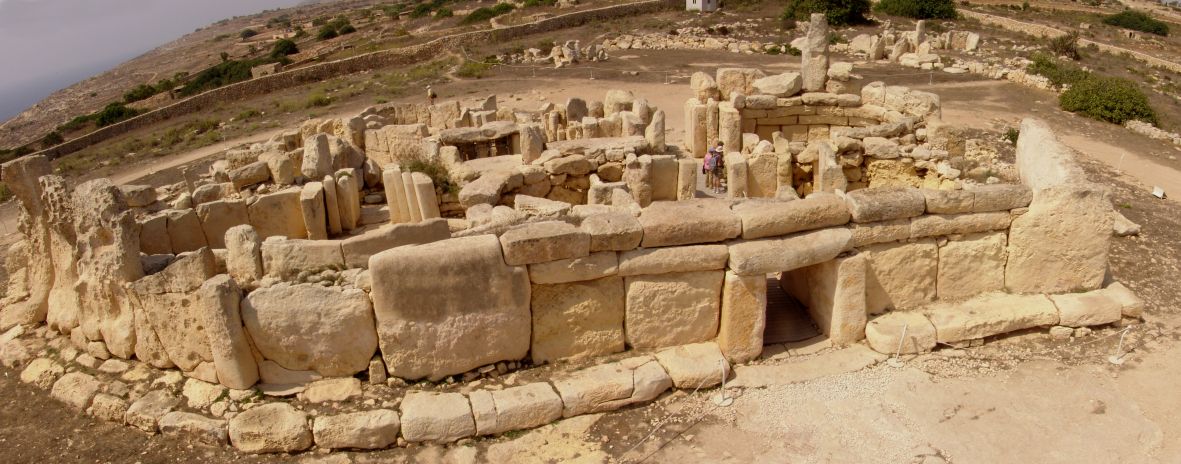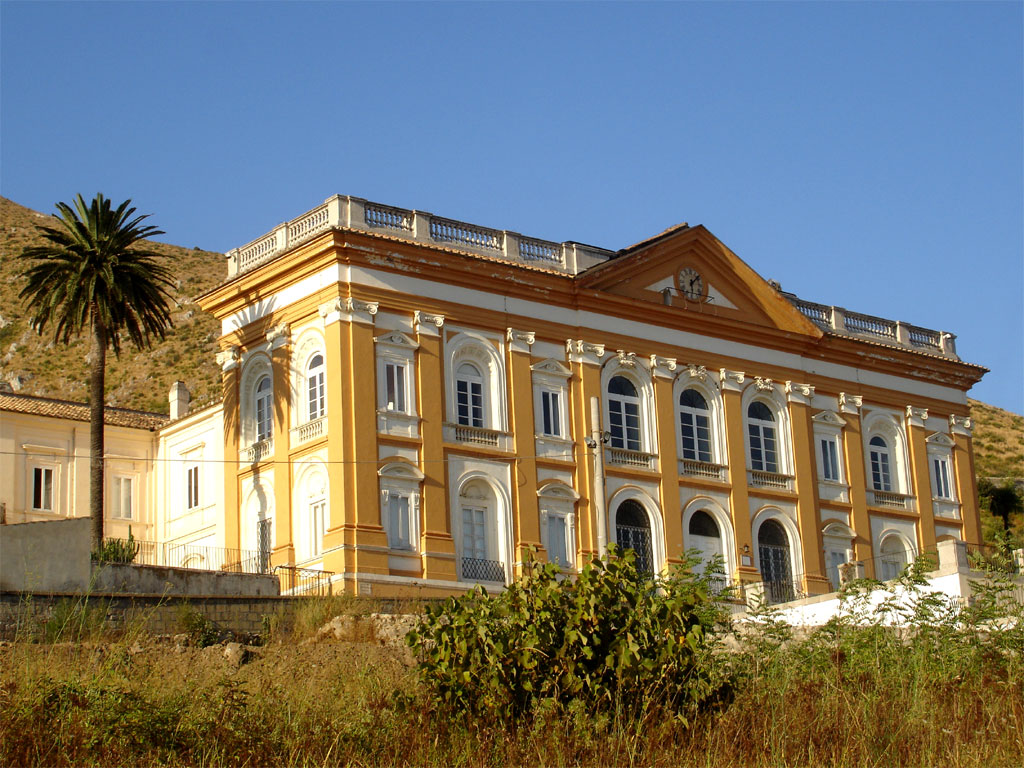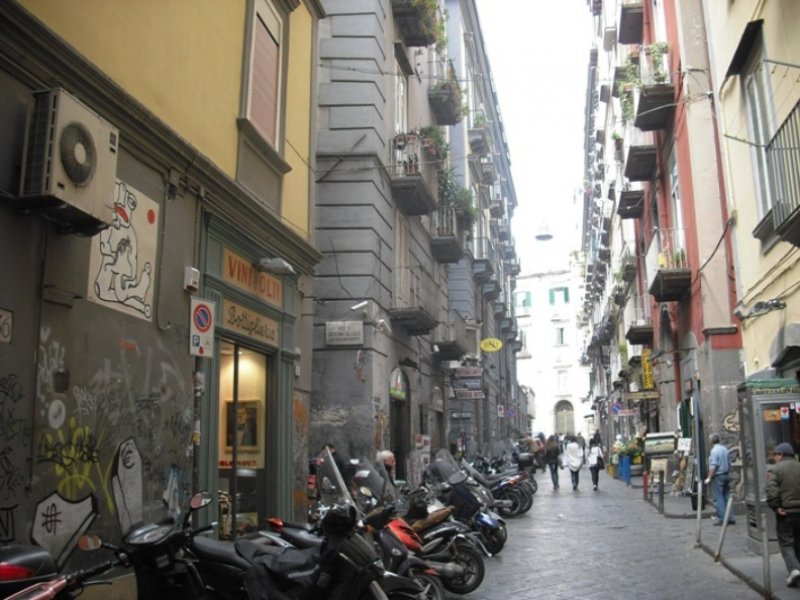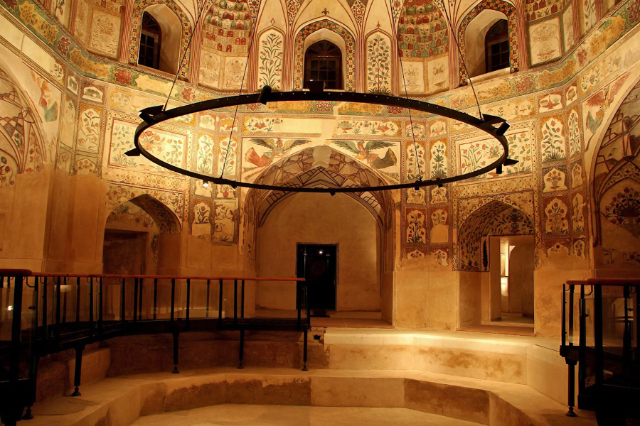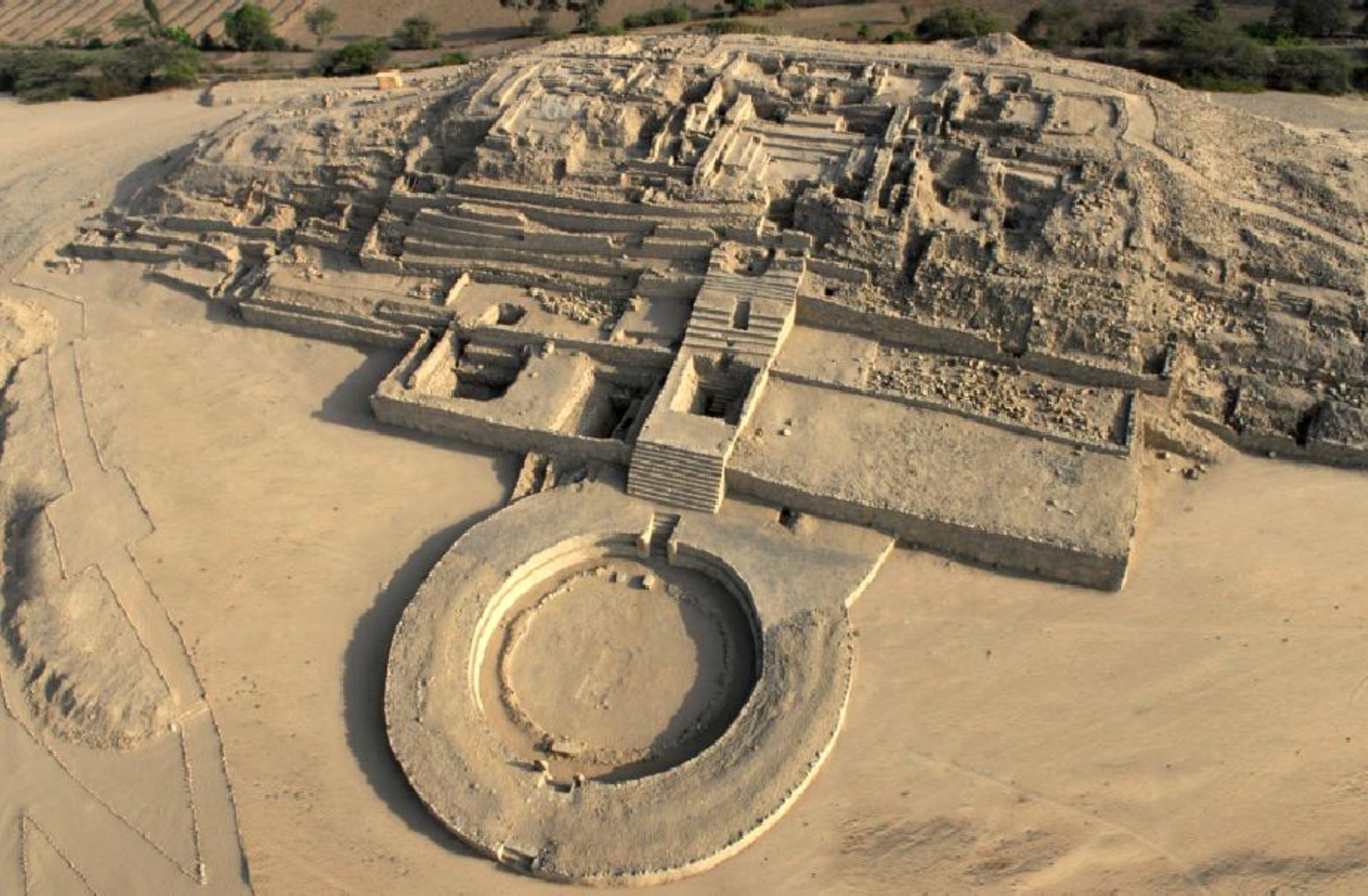The Naples State Archives is housed in the ancient Benedictine monastery of Saints Severinus and Sossio, in the heart of the city’s ancient center. Its history is linked to the presence, since the 9th century, of the Benedictines who had founded a coenoby where, in 902, they transferred the body of St. Severinus and, after some time, the relics of St. Sossio, found in Miseno.
The striking cloister known as the Atrium of the Platanus, the oldest part of the monastery, takes its name from the tree that – according to law34platnda – was allegedly planted by St. Benedict.
Its Renaissance fresco cycle is the most complete in the city and depicts episodes from the Saint’s life. It was completed in 1515 by Antonio Solario known as "the Gypsy."
Flanking it are two other courtyards: the First Atrium corresponds to the original entrance, while the second, Atrio Capasso, is dedicated to the famous Neapolitan scholar who held the position of Director of the State Archives of Naples.
Finally we come to the Atrium of the Marbles, begun in 1598 and completed in 1623, which represents the culmination of the monastery’s renovation program during the Renaissance.
Inside are the monumental Halls: Chapter of the Monks, now the Catasti Hall, frescoed by Belisario Corenzio in the early 1600s with parables, allegorical figures and scenes from the Gospel; the Refectory, now the Filangieri Hall, with its large fresco depicting the multiplication of the loaves and fishes and the allegory of the foundation of the Benedictine order, also by Corenzio; and the striking Tasso Hall, so named in memory of the poet’s stay in the Benedictine monastery.
In 1799 the monastery was suppressed because of the monks’ suspected sympathies with revolutionary ideas, and the building was used, for a short time, as the seat of the Naval Academy.
Fine wooden furnishings also characterize some of the rooms on the third floor, where the Ministry of Foreign Affairs and the Farnese Archives are kept, while somewhat secluded is the Pharmacy, characterized by inlaid shelves and beautiful flooring.
Also worthy of note are the rooms on the fourth floor: the Library; the School of Paleography, Archivistics and Diplomatics; the Diplomatic Room; the Hall of the Gentile Archives; and the room that houses most of the documents produced by the Royal Chamber of Sommaria.
